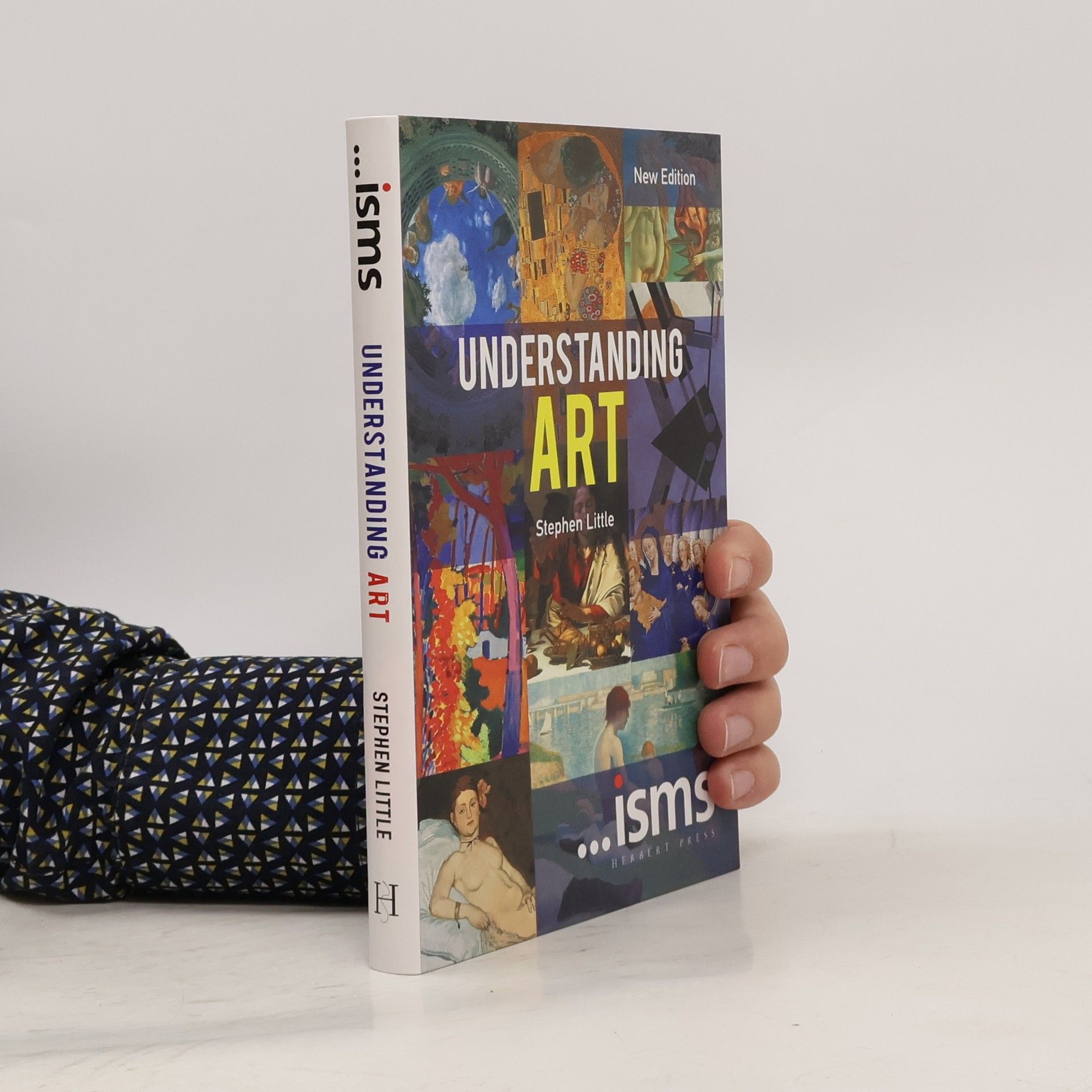A new edition of the bestselling introduction to the 'isms' of art, from the Renaissance to the present day, now with extra content.
Stephen Little Reihenfolge der Bücher



- 2018
- 2005
... izmy - ako rozumieť umeniu
- 160 Seiten
- 6 Lesestunden
Publikácia ... izmy, ako rozumieť umeniu je užitočným a praktickým sprievodcom bohatou škálou umeleckých smerov, štýlov či hnutí. Ponúka príležitosť oboznámiť sa so základmi všetkých dôležitých hnutí, ktoré formovali dejiny umenia.
- 2004
. ismen. Kunst verstehen ist ein handlicher Führer für Museumsbesucher ohne große Vorkenntnisse. Das Buch vermittelt kompakt und übersichtlich in chronologischer Reihenfolge die wichtigsten Stilrichtungen der Kunstgeschichte. Ein kurzer Text auf der jeweiligen Doppelseite ordnet sie historisch und ästhetisch ein. Weitere Abschnitte nennen Hauptvertreter und ihre Arbeiten, erläutern die abgebildeten Werke und verweisen auf verwandte und entgegengesetzte Strömungen. Mit diesem kleinen Band bleibt Kunst nicht der akademischen Auseinandersetzung im Seminarraum vorbehalten, sondern wird zum anregenden Gesprächsthema während des Ausstellungsbesuchs oder danach im Café.